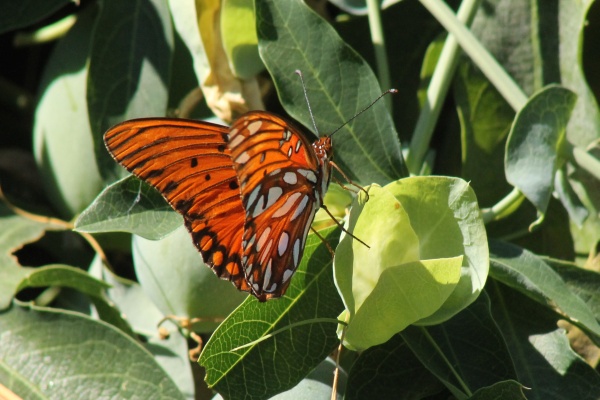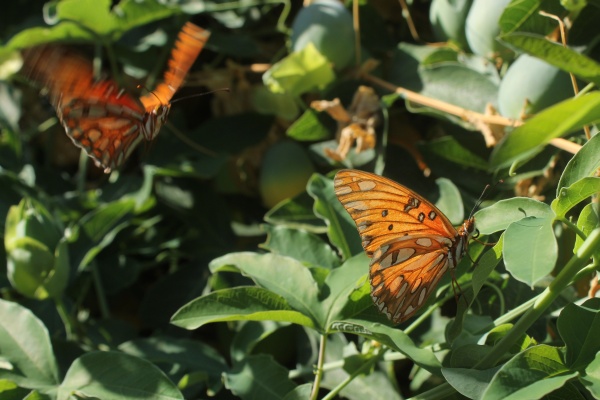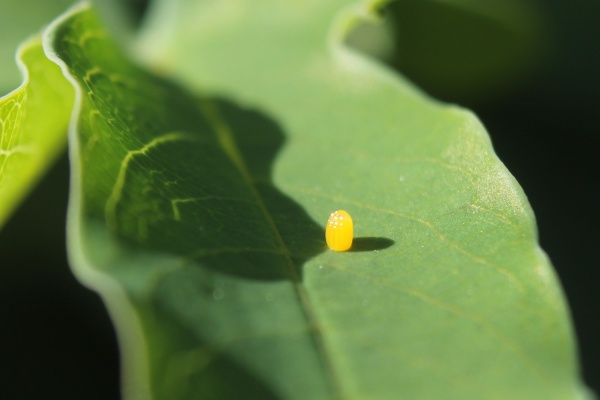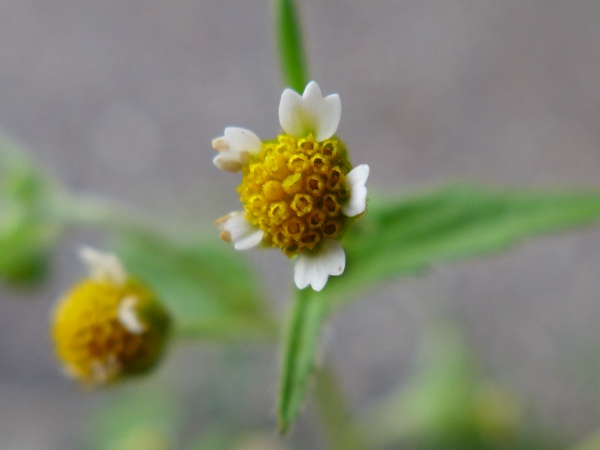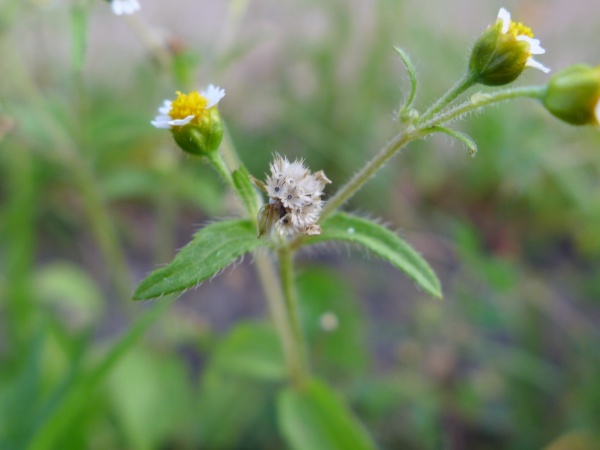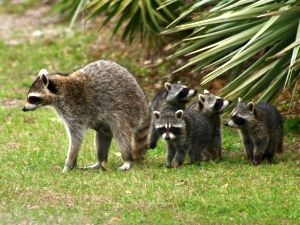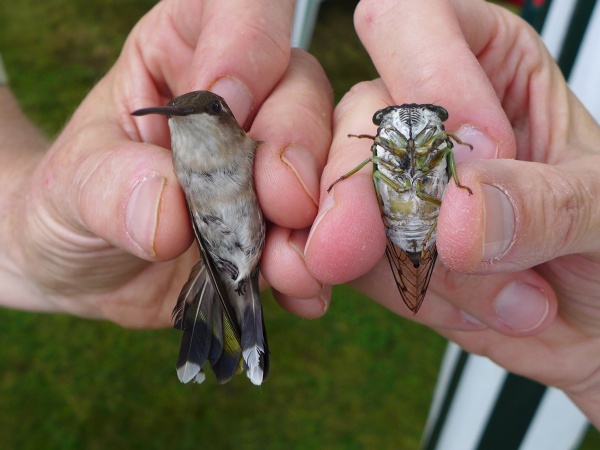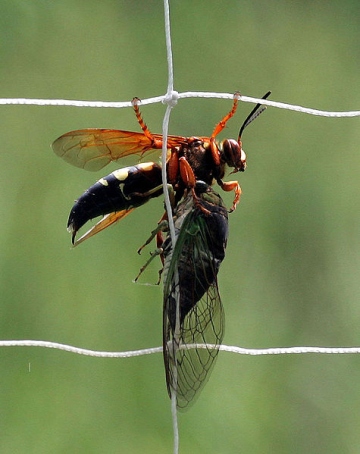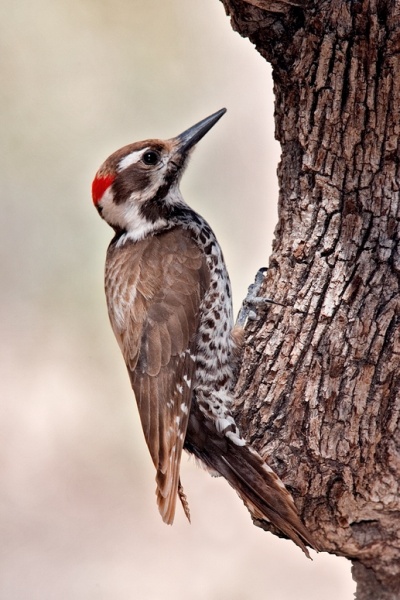
31 July 2015
NOTE as of December 2020: Since this was written in 2015 the Picoides genus has been split. The American three-toed and Black-backed woodpeckers are two of only three species in genus Picoides. All others listed below are in genus Dryobates.
Though he’s called the Arizona woodpecker this brown-and-white bird is slightly misnamed. Most of his range is in Mexico.
He’s one of nine Picoides woodpeckers found in North America, each with its own special habitat. Some of them are familiar and wide ranging. Others have such specific needs that you must travel to see them.
Here’s how they’ve divided up the continent. At least one of them lives near you.
- American Three-toed: in the Rockies and Canada in boreal and coniferous forests disturbed by disease or fire.
- Black-backed: in Canada and northern U.S. in boreal and coniferous forests with burned trees.
- Downy woodpecker: found in most of North America in open woodlands and along streams.
- Hairy: found in most of North America in mature woodlands.
- Ladder-backed: in desert and desert scrub among cactus in the Southwest.
- Nuttall’s: in California’s oak woodlands.
- Red-cockaded: found in mature longleaf pine forests in the southeastern U.S.; endangered.
- White-headed: in pine forests in Pacific Northwest and California mountains.
- Arizona: in pine-oak forests in the mountains of Mexico and southeastern Arizona.
Like his familiar Downy and Hairy relatives in Pennsylvania, this woodpecker visits suet feeders. That’s where I saw him for the first time at Madera Canyon.
In Arizona.
(photo from Wikimedia Commons. Click on the image to see the original)



